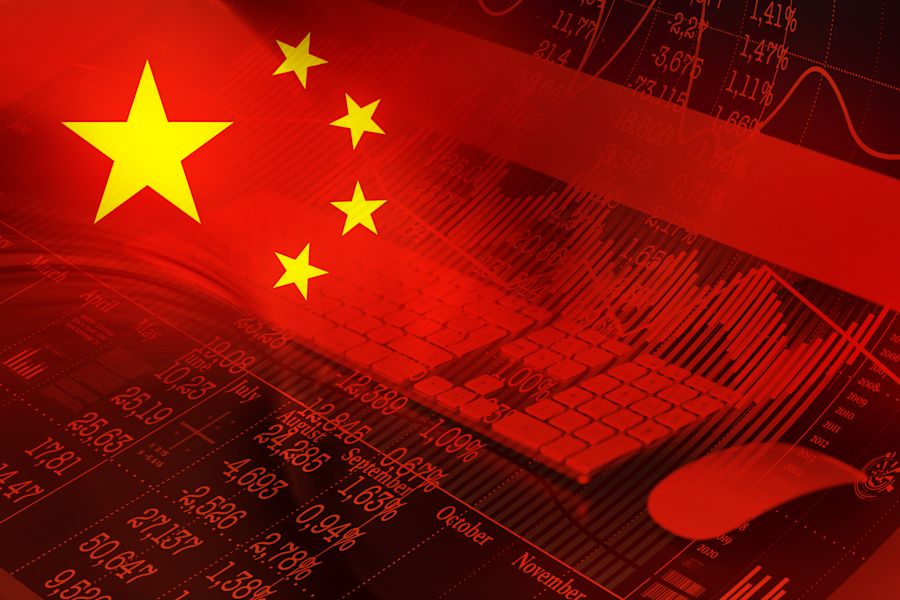Out now: The Sources of China's Innovativeness. Why China's "Unstoppable" Innovation Powerhouse Might Falter
Western governments appear to fear that China is an innovation powerhouse on an almost unstoppable path to dominating future technologies. This is quite a turnaround. Only a few years ago, Western policies were crafted on the assumption that China was a copycat incapable of innovation. A focus on Intellectual Property theft as the Chinese “sin” that drove China’s technological development led many in the West to miss what I have identified as the “Five Virtues” that have made China the innovation powerhouse it is today. China’s future success is not inevitable, however, but dependent on a delicate policy ecosystem.
Read my new Policy Analysis (in English) here.
A shorter German version is available as a Policy Brief here.
China’s formula for success comprises “Five Virtues”: (a) a skillful modulation of protectionism in a large market; (b) attracting knowledge into the country; (c) liaison with Western actors; (d) party-state guidance instead of control; and (e) domestic competition with Chinese characteristics.
All these virtues are being challenged by domestic policies and deteriorating international conditions. China will remain innovative but the extent of its success is not foretold. The West still has some leverage.
An effective Western policy response requires a proper understanding of the diverse risks inherent in China’s innovation power in different technologies. Geopolitics, global markets and technological characteristics will all need to be considered.
The European Union, including Germany, must invest not only in reducing dependencies on China, but also in its strengths to remain technologically indispensable to China.
Against most expectations, the People’s Republic of China (PRC) has developed into an innovation powerhouse. Recent Australian research found that China leads in 37 of 44 critical technologies, as measured by international research output. The latest Cyber Power Index prepared by the Belfer Center ranks China second, falling short only of the cyber capabilities of the United States. The World Intellectual Property Organization’s Global Innovation Index paints a slightly different picture: China is placed 11th, but still ahead of several industrialized economies including France. These and other similar studies might be unable to grasp the full complexity and degree of China’s technological advance. While only approximations, however, all these reports paint a clear picture: the PRC is highly innovative.
China’s emergence as a technological power presents the European Union (EU) with a reality it did not anticipate. At least five distinct features of Western innovation ecosystems that stand in sharp contrast to China were widely assumed to be a guarantee of Western technology leadership. First, open markets in the West contrast with Chinese protectionism, enabling the free flow of information, knowledge and technology which facilitates innovation. Second, democracies provide freedom that is crucial for creativity. China’s oppressive authoritarianism, by contrast, primarily rewards loyalty while inventiveness is considered secondary. Third, innovation is prized and comes with effective protection of intellectual property (IP) rights and legal certainty as a result of the West’s rule of law. China is widely regarded as a culture of copycats with a legal system deeply intertwined with the party-state. Fourth, the PRC’s state planning is contrasted with the entrepreneurial individualism of Europe and the US, which has driven many innovative companies. Fifth and finally, the risk-based allocation of resources is believed to create efficient technology ecosystems. In contrast, China’s dysfunctional allocation of resources is the result of a lack of functioning capital markets and of Chinese party-state control over the banking sector. In short, for decades, European policymakers ascribed Western digital prowess to the beneficial combination of liberal democracy and free market capitalism.
As a non-democratic, non-free-market state, China was believed to be unable to emulate this success. As recently as 2014, journals such as the Harvard Business Review could get away with publishing articles on “Why China Can’t Innovate.” Granted, numerous studies discussed China’s growing power based on the PRC’s economic might. However, the predominant perspective characterized Chinese actors as extractors of economic wealth by mimicking and refining Western technology without innovative breakthroughs.
This interpretation has turned out to be completely false. Today’s China is deeply embedded in global technology development and production, as well as shaping the norms and standards that govern disruptive technologies. This success goes far beyond catching up with the West. The fundamental “sin” driving the PRC’s growth model – the theft of IP – cannot account for why China has overtaken the West in a number of emerging and foundational technologies. If IP theft alone had been the sole characteristic of the China model, the PRC would have run out of steam as China gained technological leadership. Arguably, however, many governments and observers seem to perceive China to be on an inevitable path to becoming the dominant innovation power in the world.
As IP theft alone fails to explain this development, we need ideas and concepts that can account for China’s technological competence and innovativeness. This may be difficult, as it removes the centrality of a Western narrative that is at the core of the self-perceptions of states and societies. However, while almost nobody denies China’s innovativeness, it remains a mystery to many observers how the PRC could develop such creativity despite the seemingly unfavorable conditions provided by its political and economic system.
An understanding of the reasons behind Chinese innovativeness would not only be of analytical value, but also help to test the underlying assumption that China is unstoppable and will inevitably become the world’s prime innovation powerhouse despite its current economic challenges. It may be these concerns that are fostering drastic policies to restrict if not freeze advances in China’s technological capabilities. However, such policies ignore China’s indigenous innovation capabilities. Withholding cutting-edge technology by means of export controls and reduced research collaboration assumes that all that is needed to stop China is to cut it off from Western IP. This paper explains why this perspective is oversimplified by discussing three questions:
How did China become innovative?
Will China remain innovative?
How should the West react to China’s innovativeness?
The paper addresses these three questions and argues for a more nuanced approach. IP theft may indeed be an underlying factor in China’s innovativeness. However, it was only in combination with the Five Virtues that the PRC was able to become an innovation powerhouse. China is not on an inevitable path to success but its future innovativeness depends on a mix of domestic policy choices and developments in the international environment in which it operates. The West is not a helpless bystander but simply ending technology cooperation will not achieve its aims because this narrows the focus to IP theft and neglects China’s Five Virtues. Western policies will only be effective if they overcome long-held beliefs in simplified assumptions and consider transnational technological ecosystems from three angles: geopolitics, global markets and the technology itself.
Read my new Policy Analysis (in English) here.
A shorter German version is available as a Policy Brief here.


